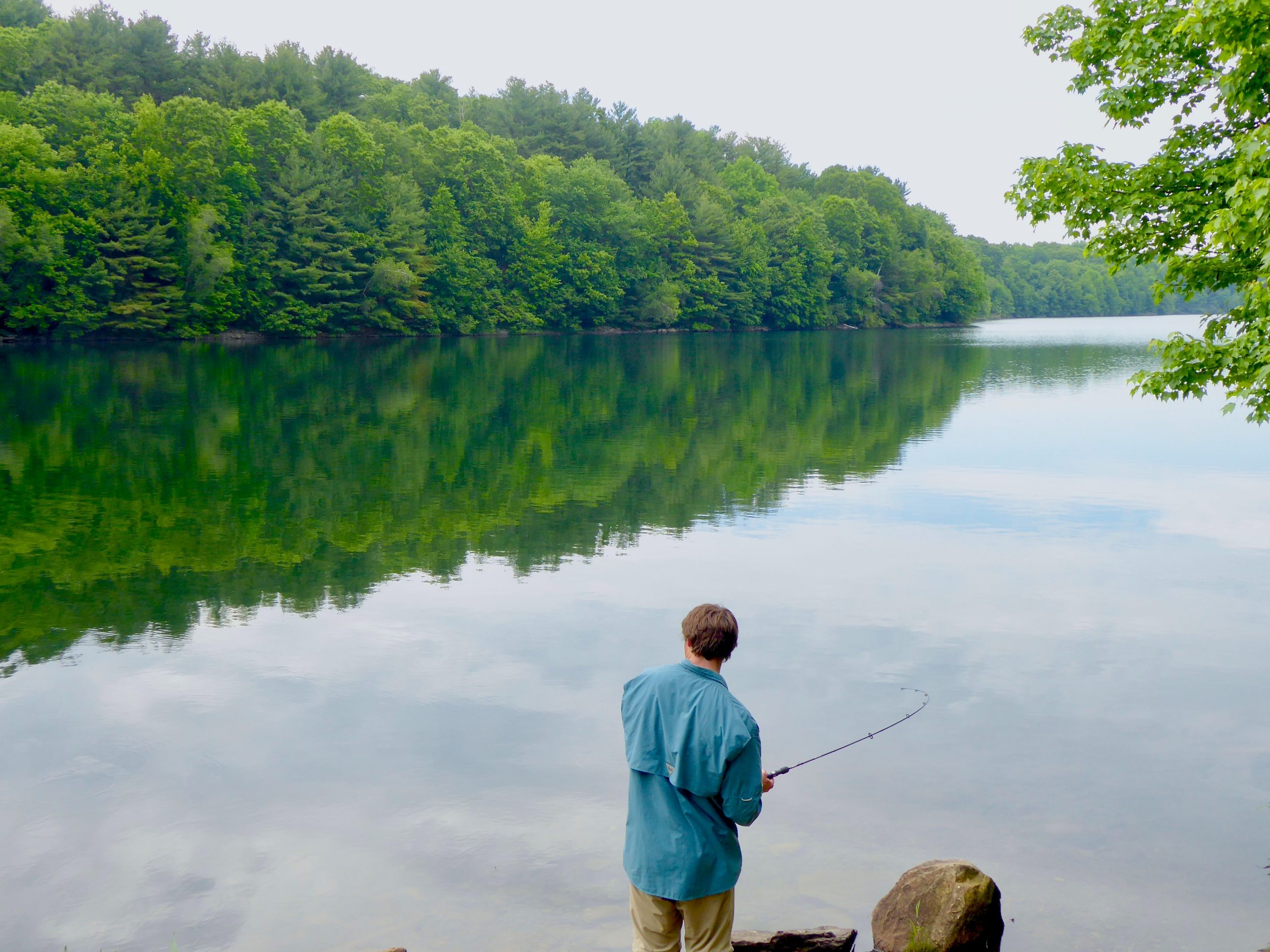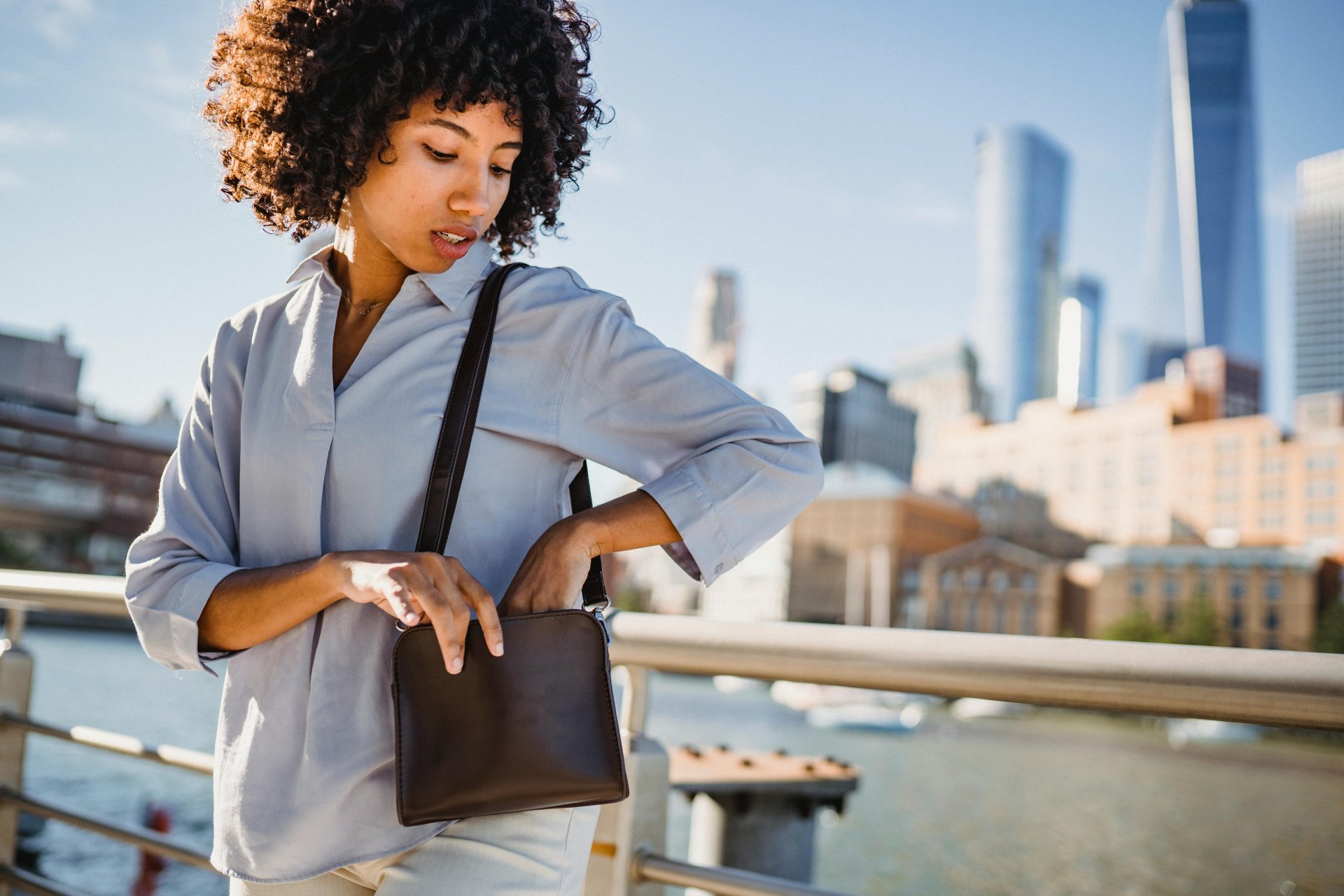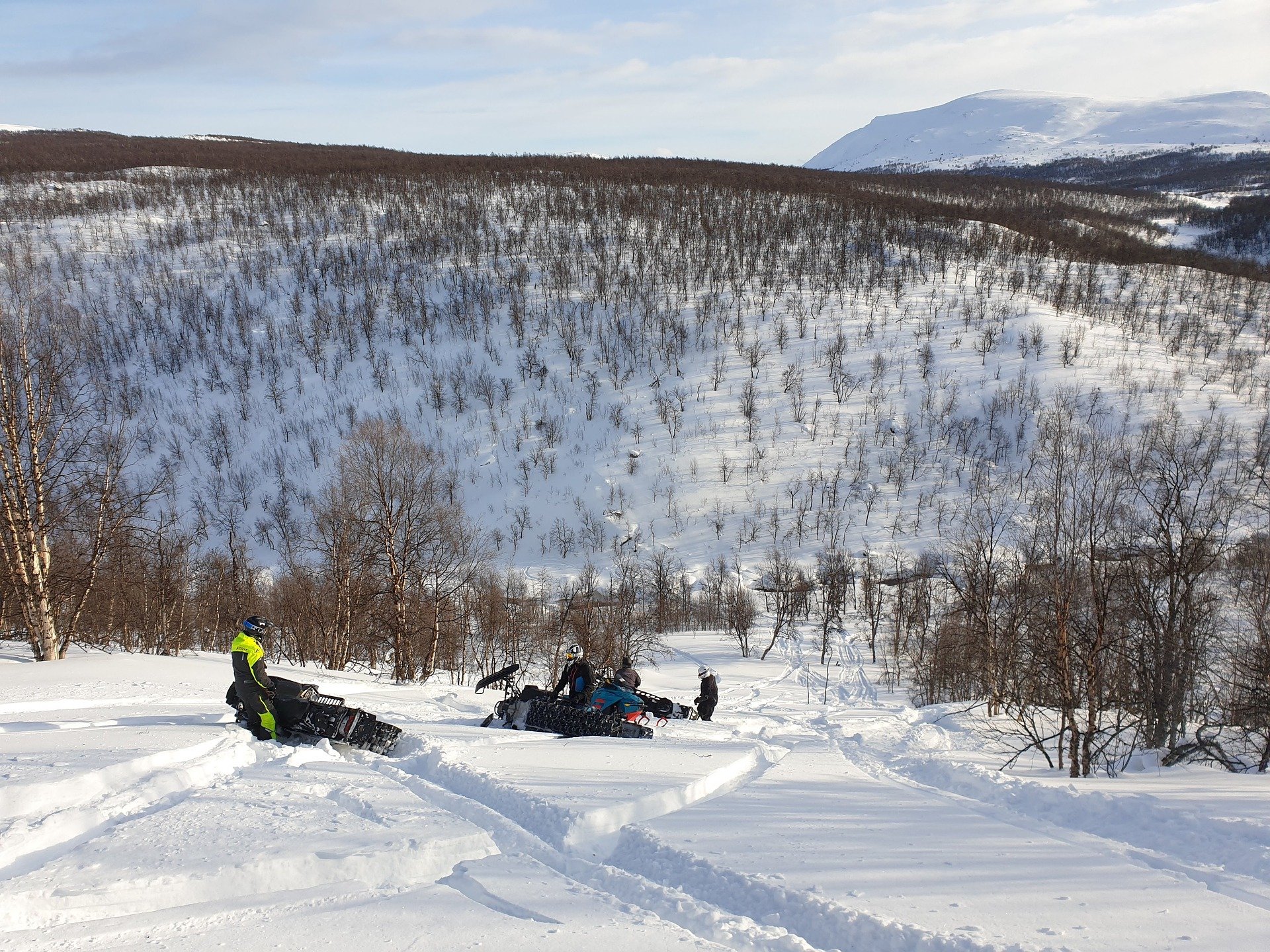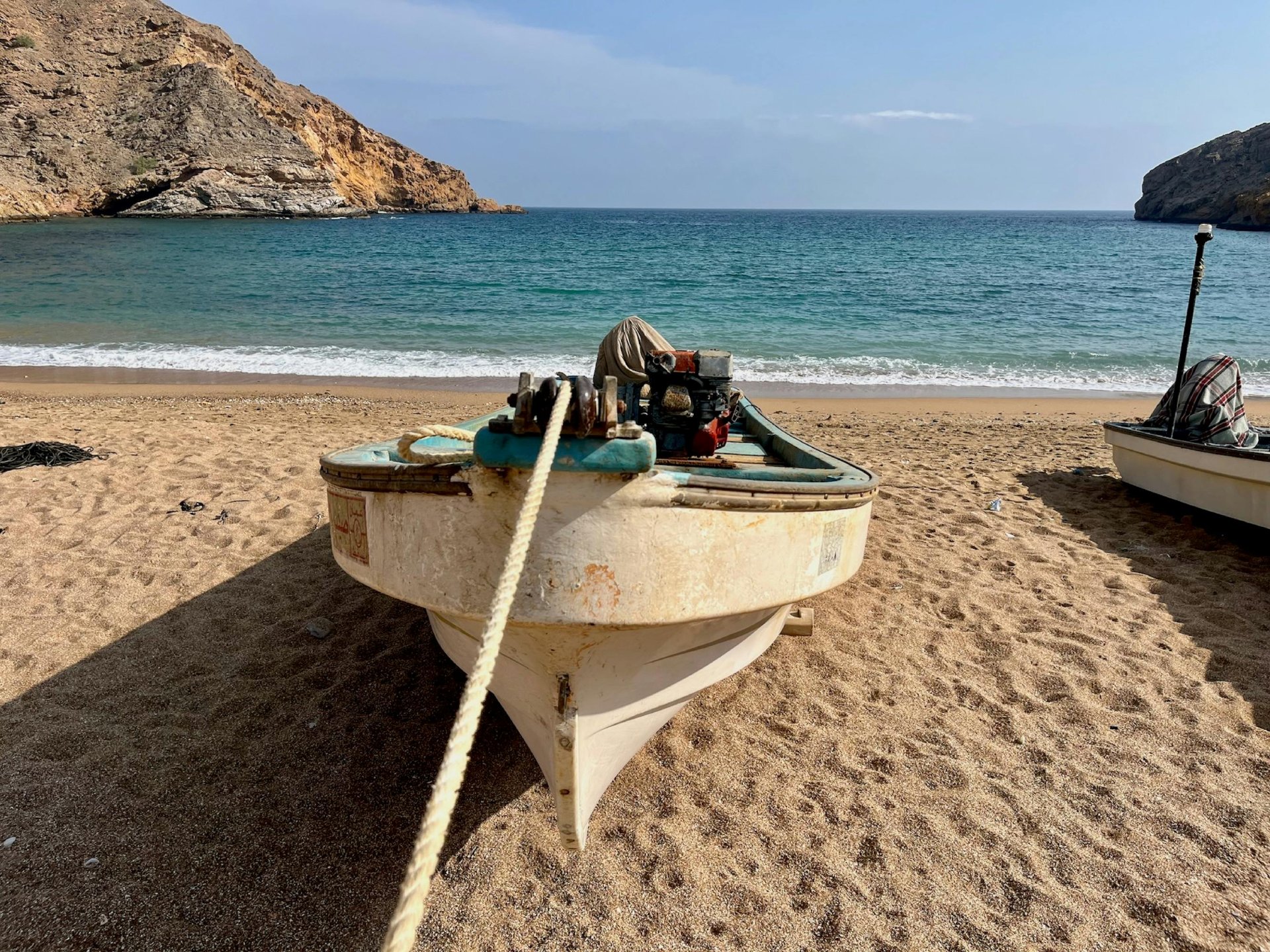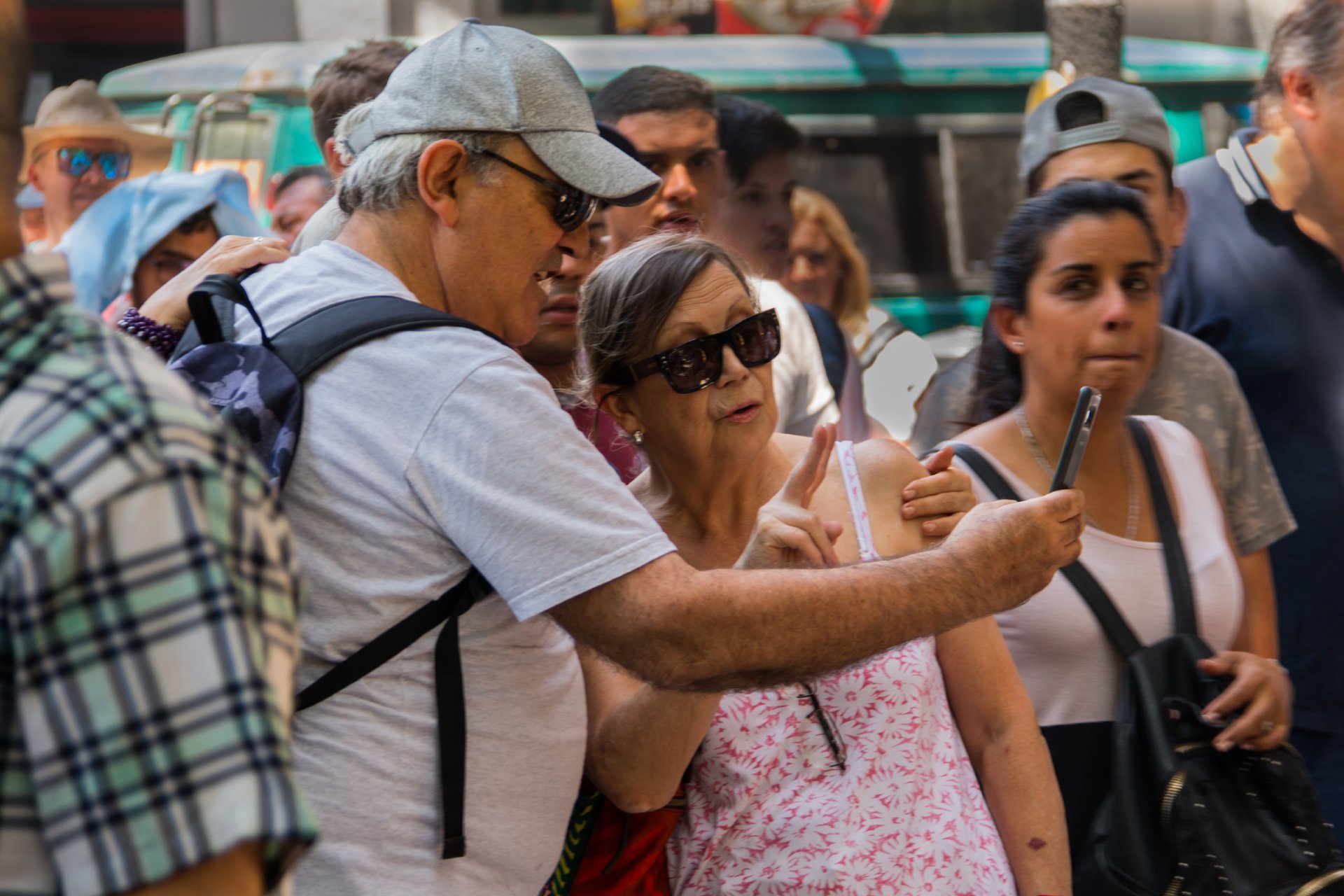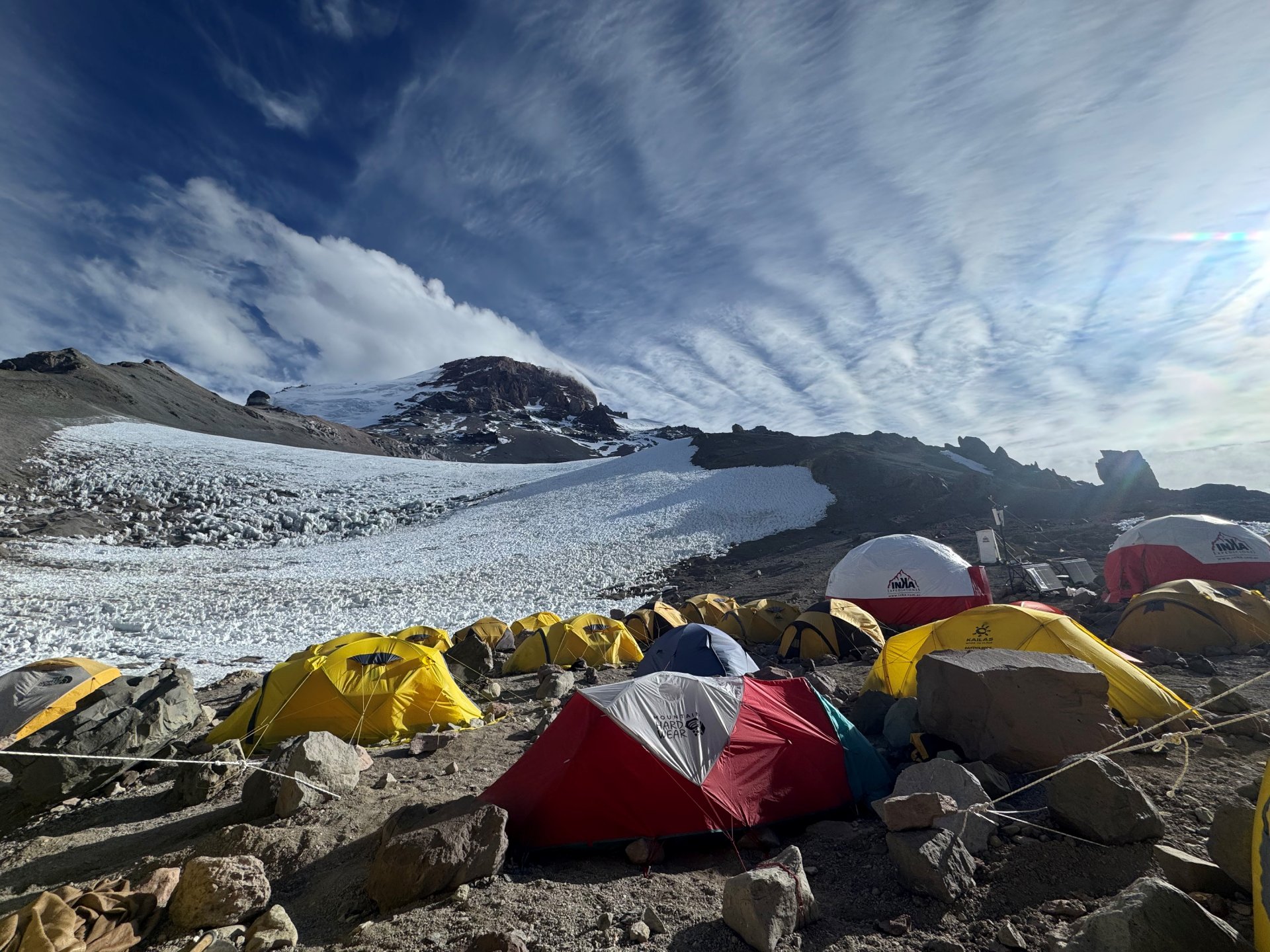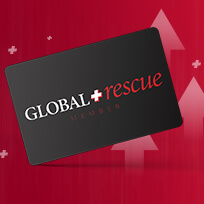Whether you are new to the sport or a long-time angler, Global Rescue medical experts and Safe Travel partners share the essential items in their fishing first aid kits.
Bass in Michigan. Salmon in Alaska. Rainbow trout in Canada. Cod in the United Kingdom. Carp in Thailand.
Across the globe, fishing is a popular outdoor activity. The Food and Agriculture Organization of the United Nations estimates the global number of recreational anglers ranges from a minimum of 220 million to a maximum of 700 million. In the United States, the International Game Fish Association estimates 8.5 million recreational anglers took 194 million fishing trips in 2018.
What’s the appeal? Fishing is a great way to connect to nature and a safe way to get outdoors during a pandemic.

Whether you are new to the sport or a long-time angler, Global Rescue medical experts and Safe Travel partners share the essential items in their fishing first aid kits.
Pack for Remote (Even If You Are Local)
Fishing isn’t as high risk as some sports. “We do not see many fishing injuries,” said Jeffrey Weinstein, medical operations supervisor at Global Rescue. “I would say the most frequent are hook related, or falls.”
Weinstein, with training and experience in austere medicine and wilderness rescue, likes to be prepared for all possible situations.
“People may be on prolonged fishing expeditions, possibly at sea or in remote areas,” he said. “Minor injuries can become big issues if left uncared for while trying to get out of a remote area.”
What’s in Weinstein’s fishing first aid kit?
Basic wound cleaning and care equipment, including alcohol wipes, iodine wipes, saline rinse, gauze, tape and band aids of different sizes.
Personal protective equipment (PPE) for the COVID-19 pandemic: non-latex gloves, an appropriate mask, hand sanitizer and eye protection.
Splinting and hemorrhage control equipment, such as tourniquets, rolled gauze, triangular cravats, a SAM splint and finger splints. “Individuals should not pack something they do not know how to use effectively,” Weinstein said. “Seek training on how to use first-aid equipment before travel.”
Over-the-counter medications. “Travelers should bring enough medication to treat symptoms of illness that may last multiple days, and may affect multiple people in your group,” Weinstein said. Categories include:
- Pain, swelling, fever/NSAIDs
- Antiplatelets, such as aspirin, for possible heart attacks
- Anti-diarrhea medications
- Laxatives
- Rehydration salts
- Topical creams/steroids/triple-antibiotic
- Orajel/toothache ointment
- Antihistamines
- Aloe for burns
- Motion sickness medication
- An Epi-pen for anaphylactic emergencies
- Antiemetics for nausea. “These will likely need to be prescribed during a travel health consultation with a physician,” Weinstein said. “You should also ask about the appropriate prophylactic medications for the region you are traveling to.”
What Anglers Recommend
Global Rescue Safe Travel partners, like The Fly Shop in Redding, California, know what anglers need to stay safe.
Patrick Pendergast is the director of international travel at The Fly Shop, a leading fly fishing outfitter, travel agent and retail store. He always carries the Northwest River Supply Paddler Medical Kit with him while fishing.
“It comes in a waterproof dry bag and has most of the essentials you would need,” Pendergast said.
Amy Ray, president of The Sisterhood of the Outdoors, a company dedicated to creating opportunities for women to hunt, fish and learn to shoot, also brings something sharp with her on fishing trips: “Wire snappers if you have to push a barb through your finger.”
She also adds these items to her fishing first aid kit: sterile iodine wipes for big cuts, Steri strips to close minor cuts and an ace bandage wrap. Ray also has an EMT-level first aid kit and has been trained on its usage.
“Where we go, you can’t walk out,” Ray said. “Although we’re most often dealing with cuts and scrapes — a slip of a knife is the most common injury — it’s important to have the basics with you at all times.”
Weinstein recommends vacuum sealing different modules within your fishing first aid kit to protect it from water exposure.
“I would vacuum seal a medications module, a bandaging module, etc. You can cut a little triangular notch in the side to make it easier to rip open when needed,” he said. “Then I would vacuum seal the entire bag. This way if you open one module for something everything else is still protected. I would also carry extra zip-lock bags to seal an opened module.”
[Related Reading: The International Fishing Trip That Got Away]
Whether you’re fishing close to home or abroad in a remote location, smart anglers carry a Global Rescue membership. With Local Field Rescue, Global Rescue services include field rescue within 100 miles of home as well as 100 miles (and more) away from home.

